Made for women: skis and boots
Strong women
- Author: Deborah Bionaz
- Photographer: Elisa Bessega
There once was a time, not long ago, when women’s ski equipment looked like it belonged in a toy shop, with twee graphics, buttery soft flex and descriptions straight out of a 90s catalog.
The archetypal woman skier? She was inexperienced, inevitably suffered the cold, and prioritized comfort above all else. Not a ski mountaineer, but a dainty creature to be looked after. In pink gloves. Truth is, there have always been women on the mountain. And now more than ever, they want to get out there on equipment that matches their strength, their tenacity and their ambition. They want to choose, understand, experiment. They want real skis that are responsive, and boots that transmit power, not just warmth. The new generation—and the one before it, for that matter—wants gear designed with women, not for them. And the brands, at least some of them, are starting to catch on. We’re seeing more and more powerful skis, boots with decent flex, sophisticated geometry, and innovative technical features. Less fluff, more substance.
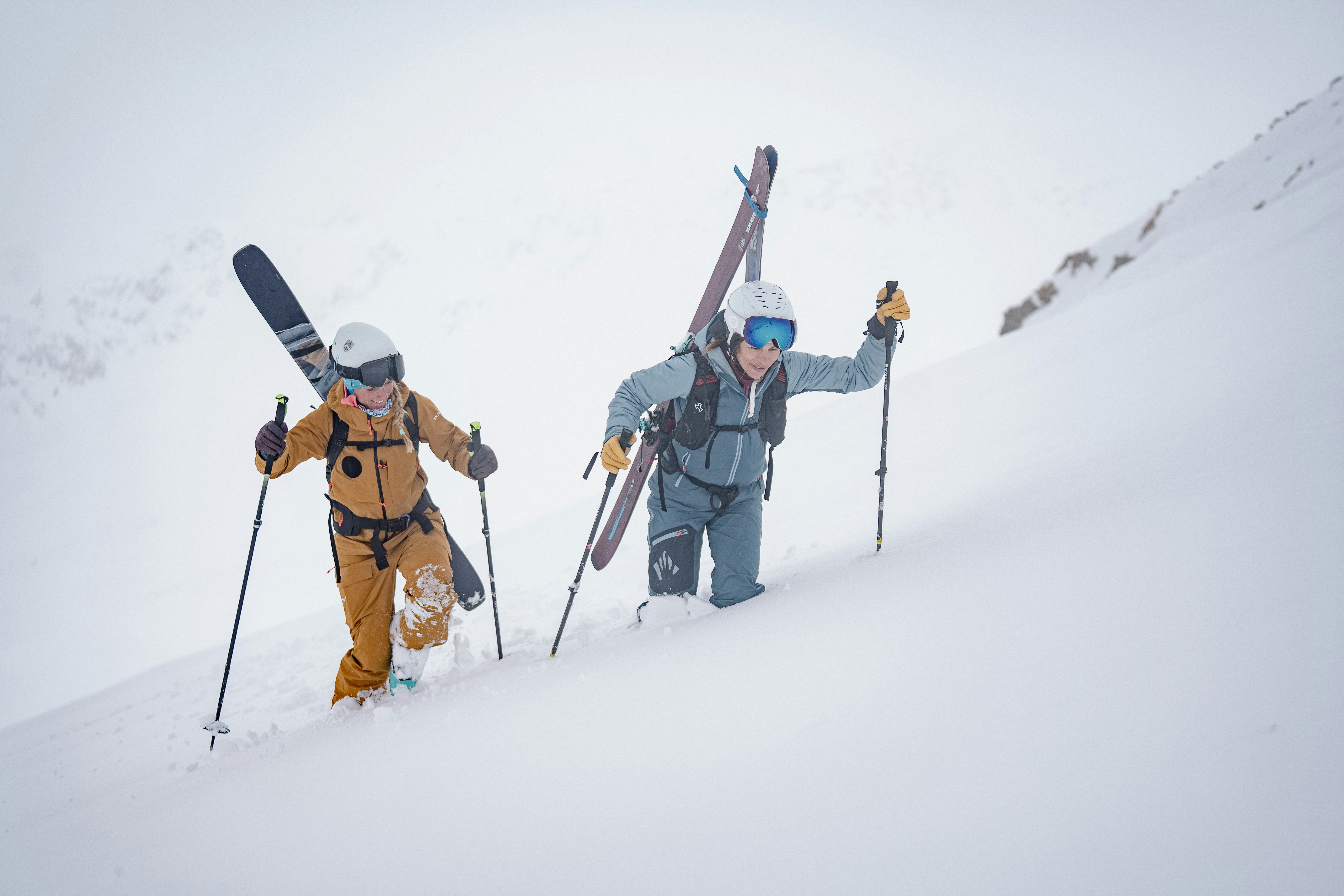
Of course, there are still some textbook gaffes. Like sales copy that explains that in the women’s collection they’ve “avoided technical jargon as women prefer simplicity”. Or when a women’s boot is presented as “the same as the men’s model, but warmer and more comfortable”. Thanks and all, but really? Luckily, there’s also plenty of good news. Some brands have stopped using the W as if to say “nothing to see here” and have actually started developing products specifically designed for women’s build, technique and performance. Who, yes, weigh less, have differently shaped calves and want lightweight equipment, but are quite able to ski lines on steep, icy terrain without trembling like a leaf.
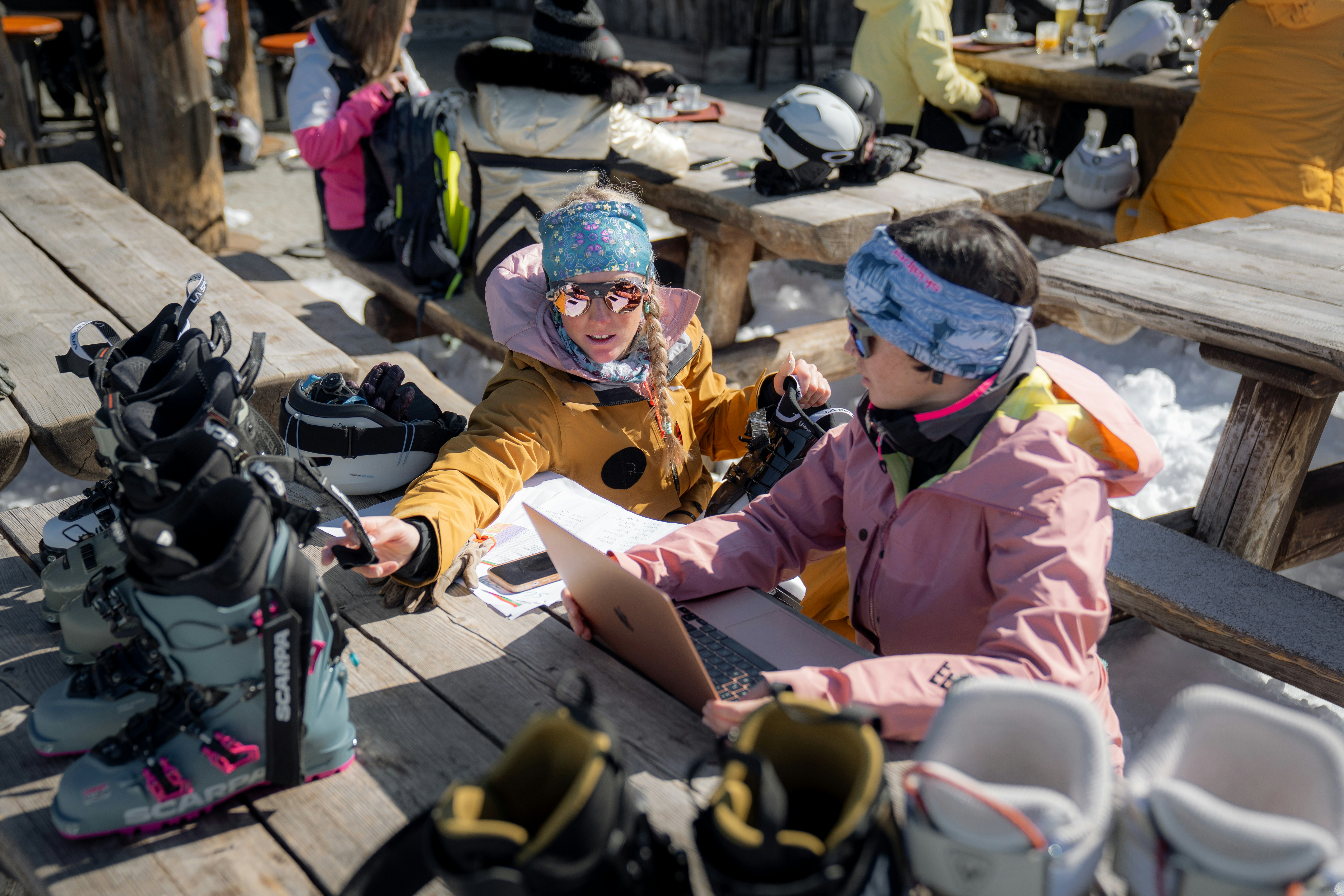
That’s what this section is for. To say, hey, we’re here too. Skis, boots, sizes, materials, flex, geometry—we tested them all. Divided by category—Free, Tour, and Light—to help you find the right equipment for you, not the stuff people think you need. And, when you think about it, equipment has no gender. But we do (if we so please). And we deserve gear that respects our urge to get out there, ski and explore. Never before have we had skis to test that were this wide, heavy and just plain aggressive in all three categories. The same goes for women’s skis, where it’s all about prioritizing performance in descent over lightness in ascent. And for boots, with brands going all in on a nice, stiff flex even in the light segment, alongside support and manageability in ascent.
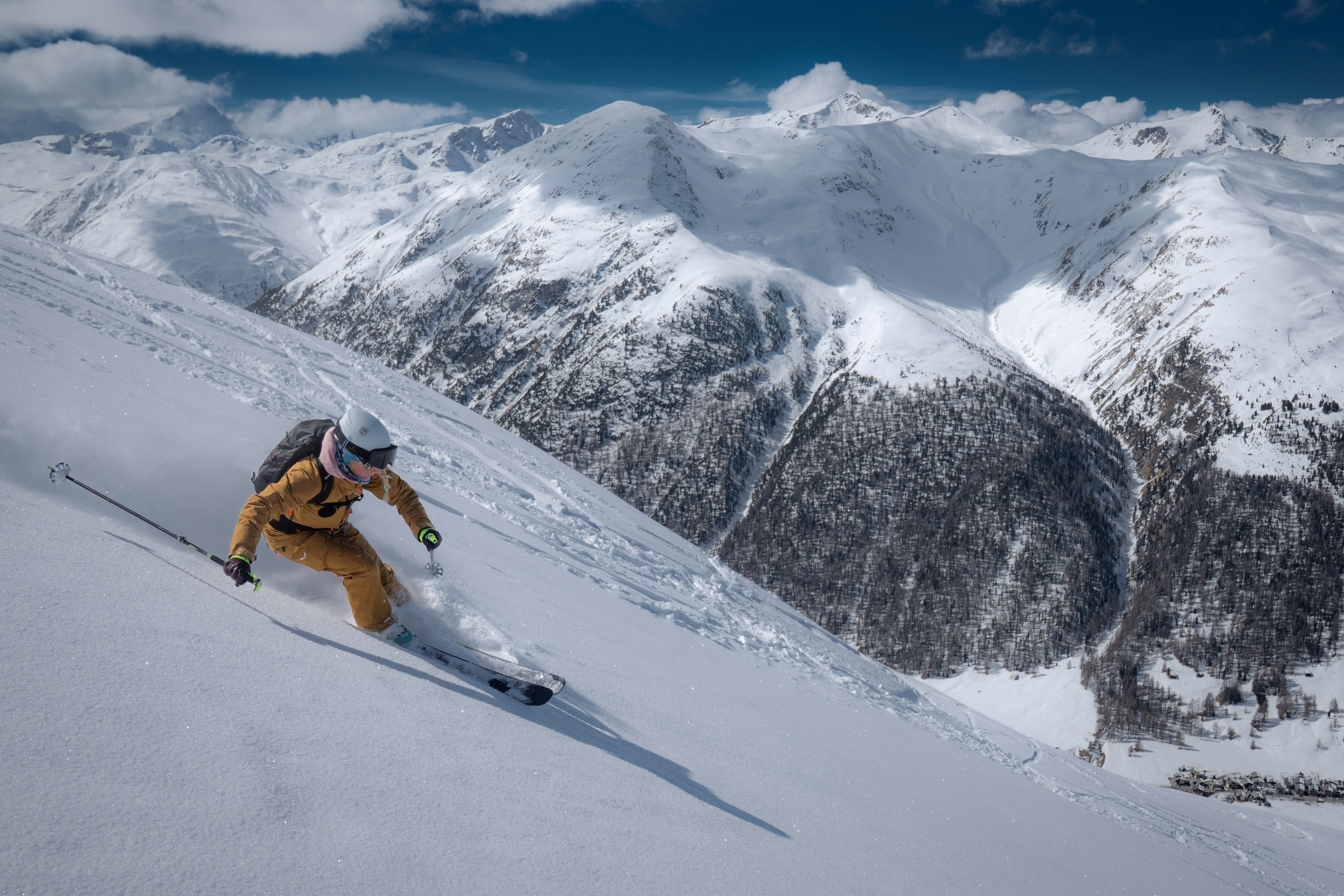
Light Skis
This was once THE category for women’s touring. Now it’s just one of the options on the table. Women have moved past the fixation on gram counting. It’s not that weight no longer counts for anything, but it’s not the only parameter. These days we look at skiability, grip, and precision. And so the Light category no longer has the exclusive in ascent, becoming one of the three pillars of a more mature skimo scene, one of conscious choices. Just for a change, the models we tested were all around 88 mm underfoot. A size that some of the most assiduous, lycra-clad uphill devotees would turn their nose up at, but for us delivers the best balance between ascent and descent. Because even if you do want to climb fast, it’s also true that nobody wants the descent to feel like you’re on a rickety fairground ride. Modern light skis have a little more steel; lightweight yes, but not puny. Agile, but not unstable. They’re ideal for long tours, complex terrain, and ambitious outings. And also for those days when you just want to get out there and give all you’ve got, on a reliable ski that can take on any type of snow. In short, the Light category hasn’t lost weight. It’s gained muscle.
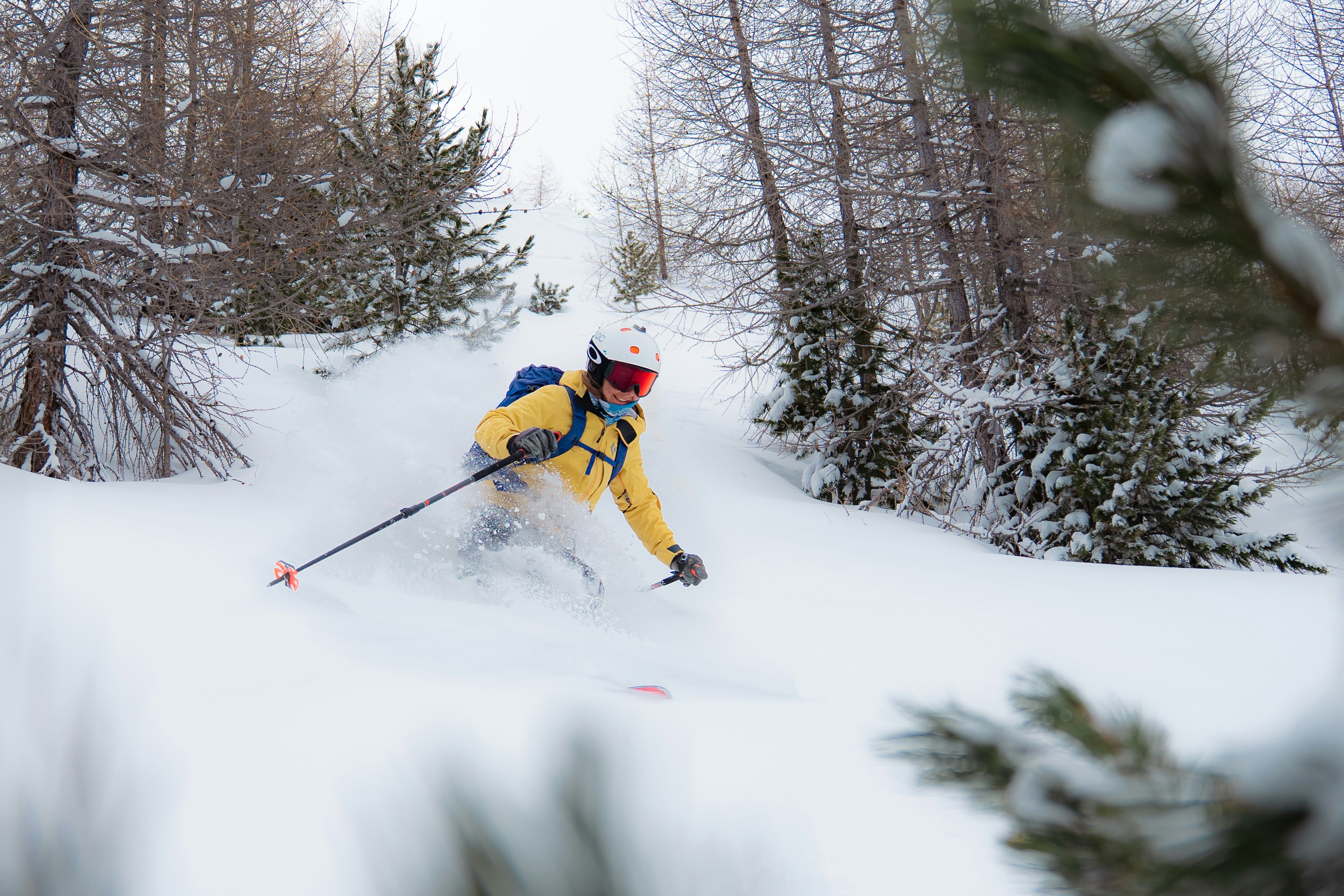
Tour Skis
If there’s one ski you need in your quiver it’s this one. A tour ski is the swiss army knife of skimo. It’s good in ascent, great in descent, works well for long days on the mountain, but holds up on fast turns, grips hardpack and floats through powder. It’s a ski for all eventualities. In the last few years, it’s shaken off that gray, middle-of-the-road image. It’s no longer a compromise, it’s a savvy choice. And this year, it’s evolved still further, taking a decisive step towards wider shapes and more solid construction. It travels easily uphill even with 96 mm underfoot, at a weight that doesn’t put off even the most assiduous climbers. This is a category that caters for just about everything, from haute routes to powder lines, and even those who simply want a ski that holds up everywhere, even in less-than-perfect conditions. That mentality of no more than 80 mm is a thing of the past, we’ve all moved on. The new generations are more open minded and understand that an extra 200 grams or so often makes for a more dependable and fun ski. In short, if you can only have one ski, make it a Tour model. And if you can stretch to two...well, get one anyway. It’s the ski that saves the season.
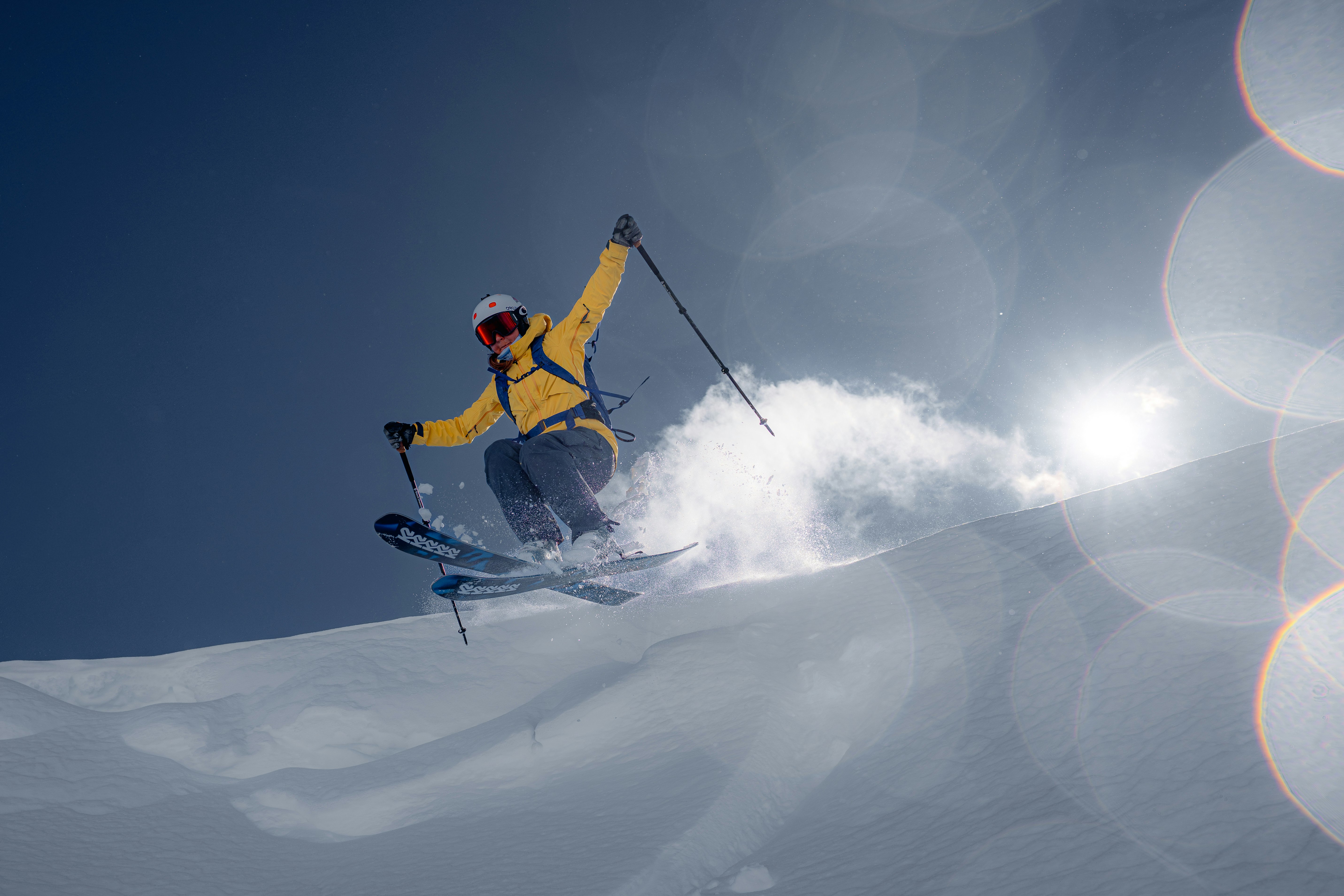
Free Skis
It’s all about skiing, plain and simple. And it’s not enough to waft daintily through powder, the modern freeriding woman wants to drive, charge, drop into a pillow or straightline it down the mountain. She’s often graduated from piste skiing, but that doesn’t mean she wants to recreate that same feel in the backcountry. She’s looking for equipment that will really let her have fun, on powder or transformed snow, preferring short uphills to really get the most out of the descent. This year the category has really kicked things up a notch, with a mix of widths from 92 to 106 mm underfoot. A wide choice that tells us one thing: when it comes to freeride, it’s no longer size that counts, but the ski’s attitude. There are 92s with bite, precision and killer instinct, and 106s that are surprisingly light, agile and adaptable. It’s tempting to go for width, of course, but the ski’s character makes all the difference. These days female freeriders are looking for lively skis that can rip and charge with the best of them. No fashion show, no skis on autopilot that you just point downhill and go. And even better if they have some real pop, ready to throw a few tricks and fly off some jumps.
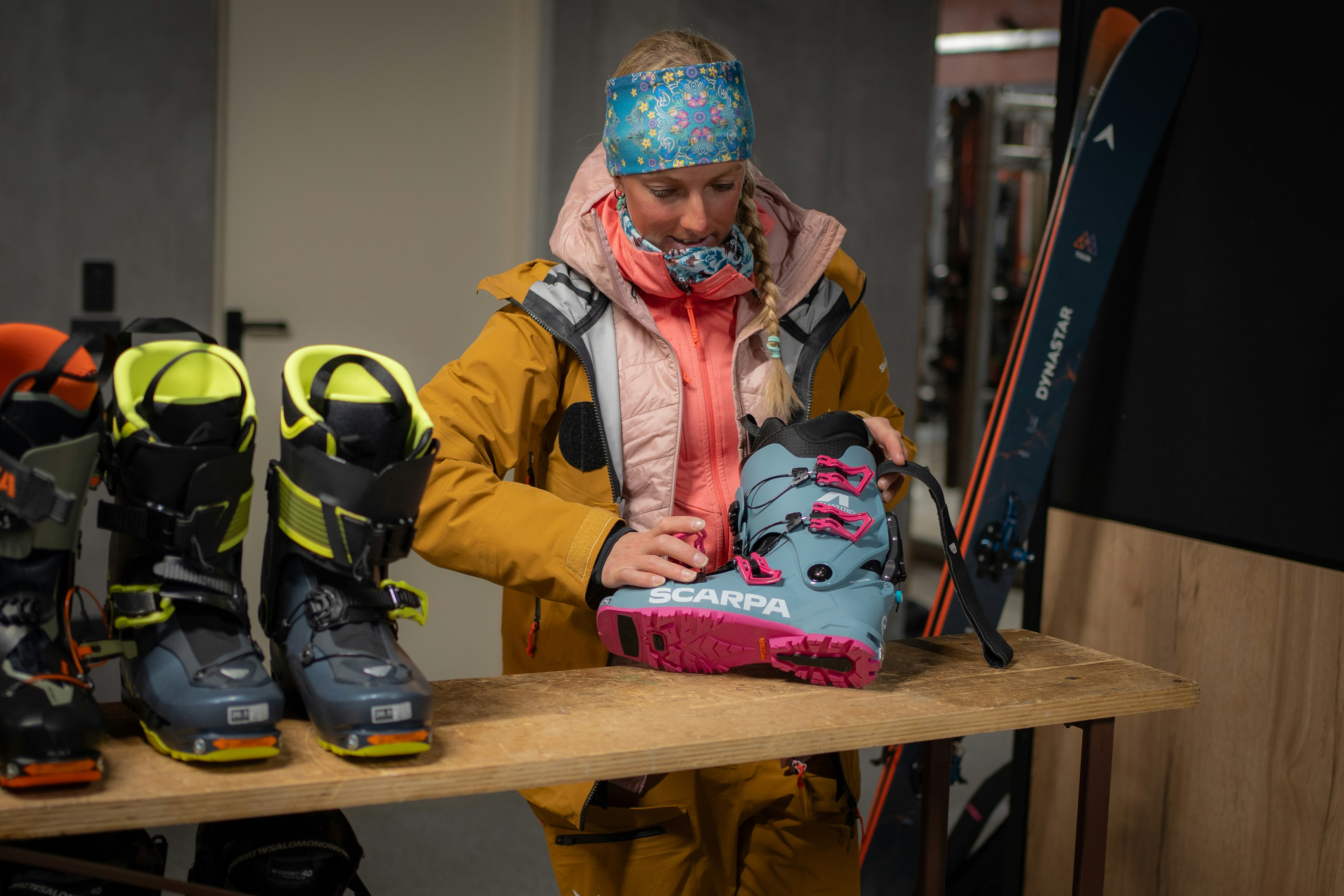
Light Boots
Lightweight, precise, intuitive. Light boots are the natural choice for tourers who like to go hard in ascent, for those who count every last meter of elevation gain, and for those who dream of long, technical routes where you need to be as light on your feet as possible. There’s nothing revolutionary this season, but this is a solid crop of boots all round. With few new models, the usual suspects take up the slack. And that’s just fine, because they do their job very well indeed; with lightweight plastics, quick-and-easy buckles and reliable mechanisms. They’re designed to go hard in ascent, without letting up in descent. This is what skimo is all about; checking the route the night before, rising at dawn, a thermos in your backpack, and skins drawn tight as a drum. These boots may not be flashy, but they go the distance.
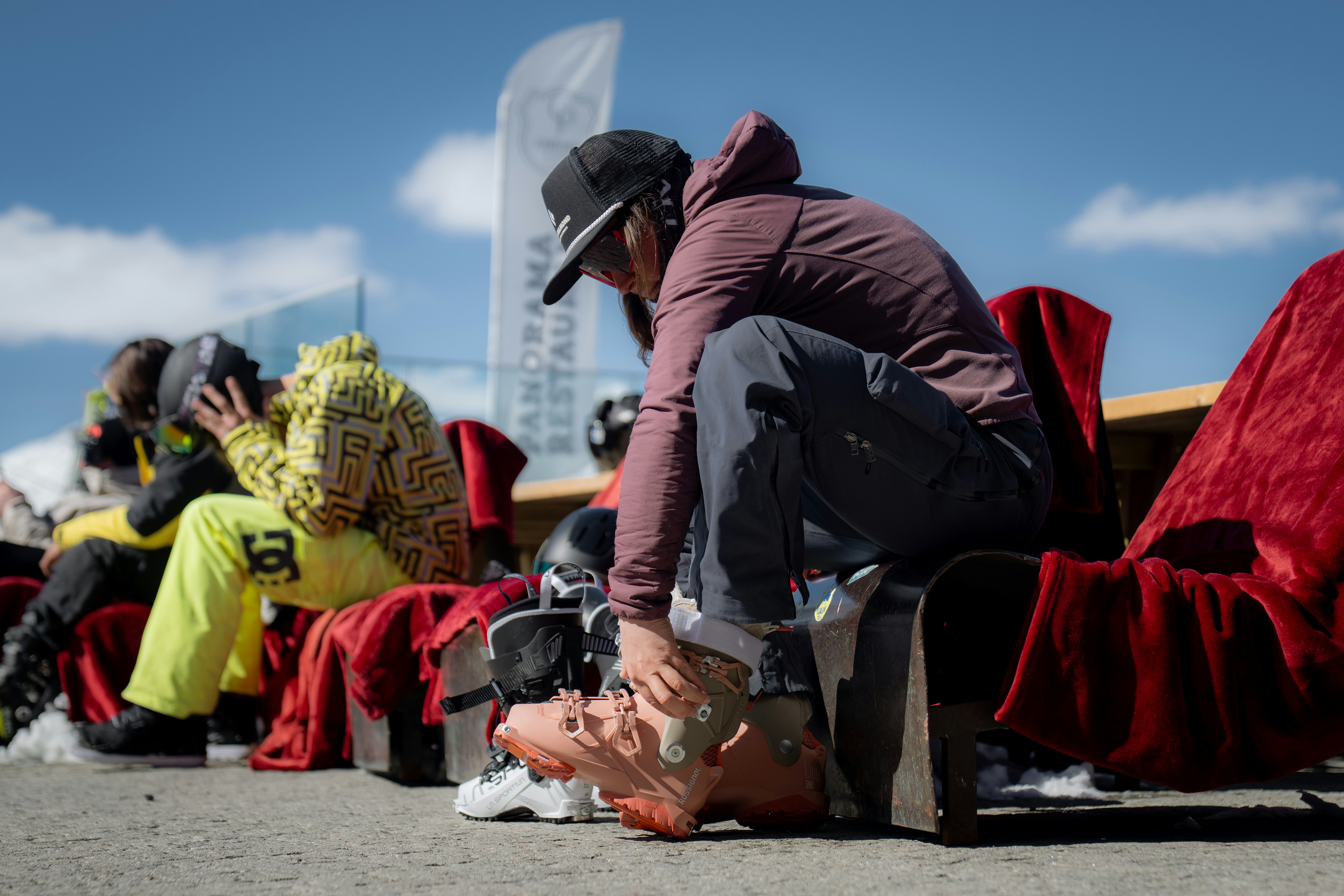
Tour Boots
Touring is all about versatility. But that’s not the same as compromise. Boots in this category are precise and reliable, designed to cope with all kinds of tours, from classic springtime outings, to two-day tours with a heavy backpack and powder. These days the overarching philosophy is clear: good in ascent, great in descent. Nobody wants thick padded liners or sloppy cuffs anymore. Support in descent has become the priority, even if that means giving up a little comfort. If a boot gets you up the hill and then lets you charge on steep, hard terrain, it was worth the sacrifice. All-time greats like the Gea are still a solid choice, but this year there are a handful of interesting new models. Those worthy of note include the Dynafit Ridge Pro, which brings a breath of fresh air, and the Scarpa 4-Quattro GT, that makes efficiency in ascent and performance in descent its calling card. The Tour boot is the one to go for if you’re looking for a one-boot quiver. It’s a pretty safe bet, adapts to a thousand different situations, and means you don’t have to think too much, just put it on and go.
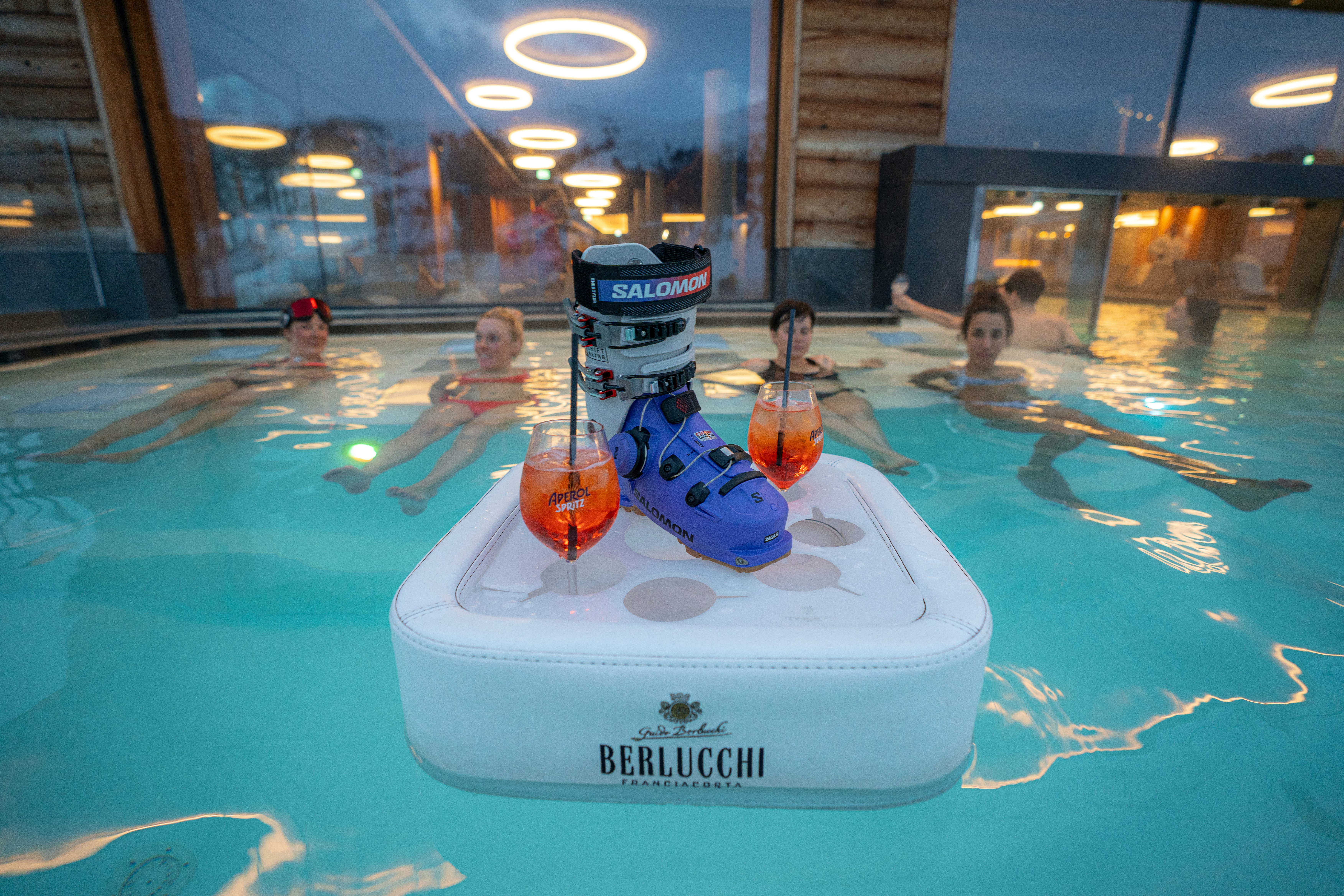
Free Boots
In the magical world of freeride, there are two types of boots. On one side, the heavy, wide, super cozy kind, perfect for going from the backcountry to après ski without loosening a buckle. And on the other, the nasty kind, the ones where it feels like your foot’s clamped in a vice; that drive and react, that let you charge at a million miles an hour. No use in pretending, we prefer the latter. Because if freeride touring has a reason for being, it’s going in search of epic, technical lines. And to do that you need solid, responsive boots that don’t turn to jelly when they flex, and don’t let you down when the gradient changes. These days, technology has improved to the point where you can expect a good, stiff flex in descent, but also decent range of motion in ascent. Four solid buckles, high-performance materials; gone are the days of what were basically slippers with tech inserts. These are serious freeride boots, able to take on steep lines, jumps, changes in the snowpack and FWT speeds. Obviously, there is still a market for warm, cozy boots that are easy to walk in for short approaches and smooth descents, but these days the heart of the category is moving towards performance. Boots that drive, support, and bite.
Share this article

